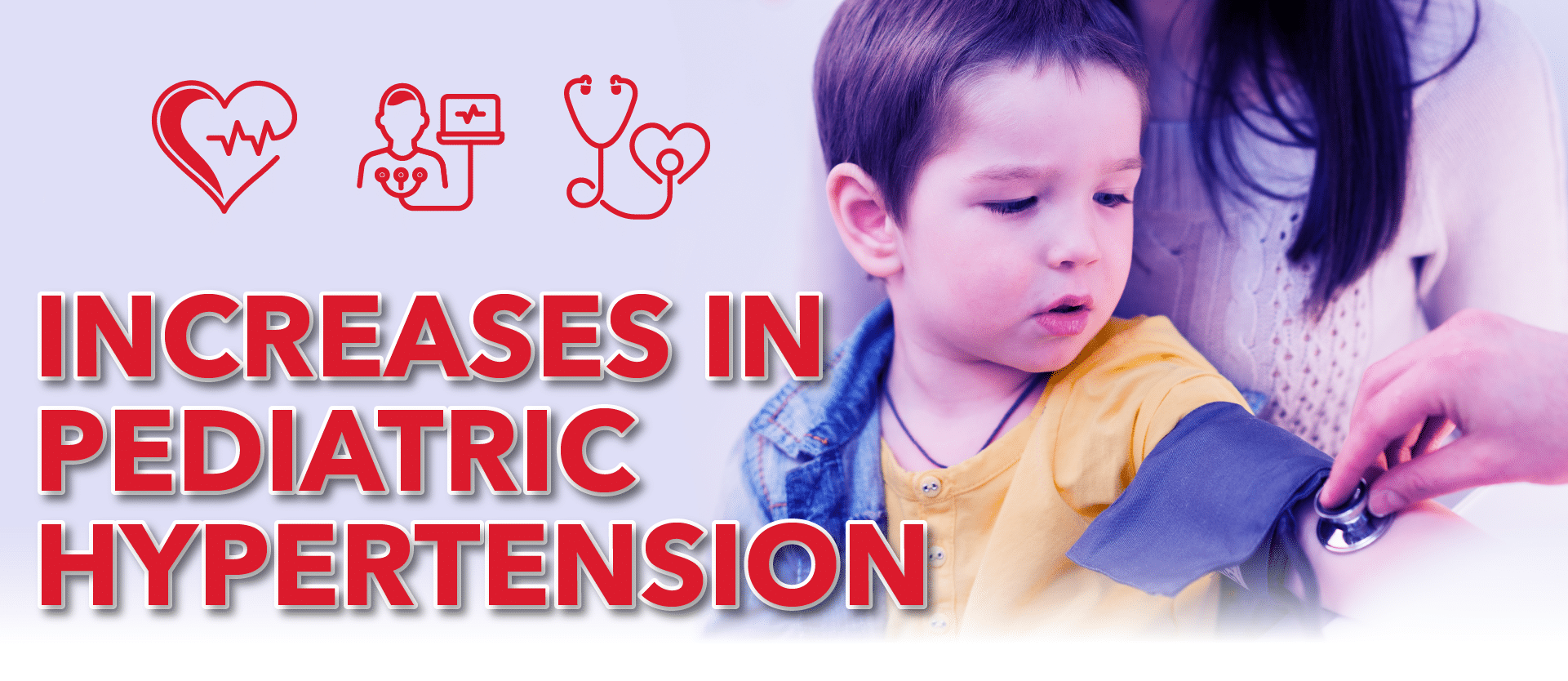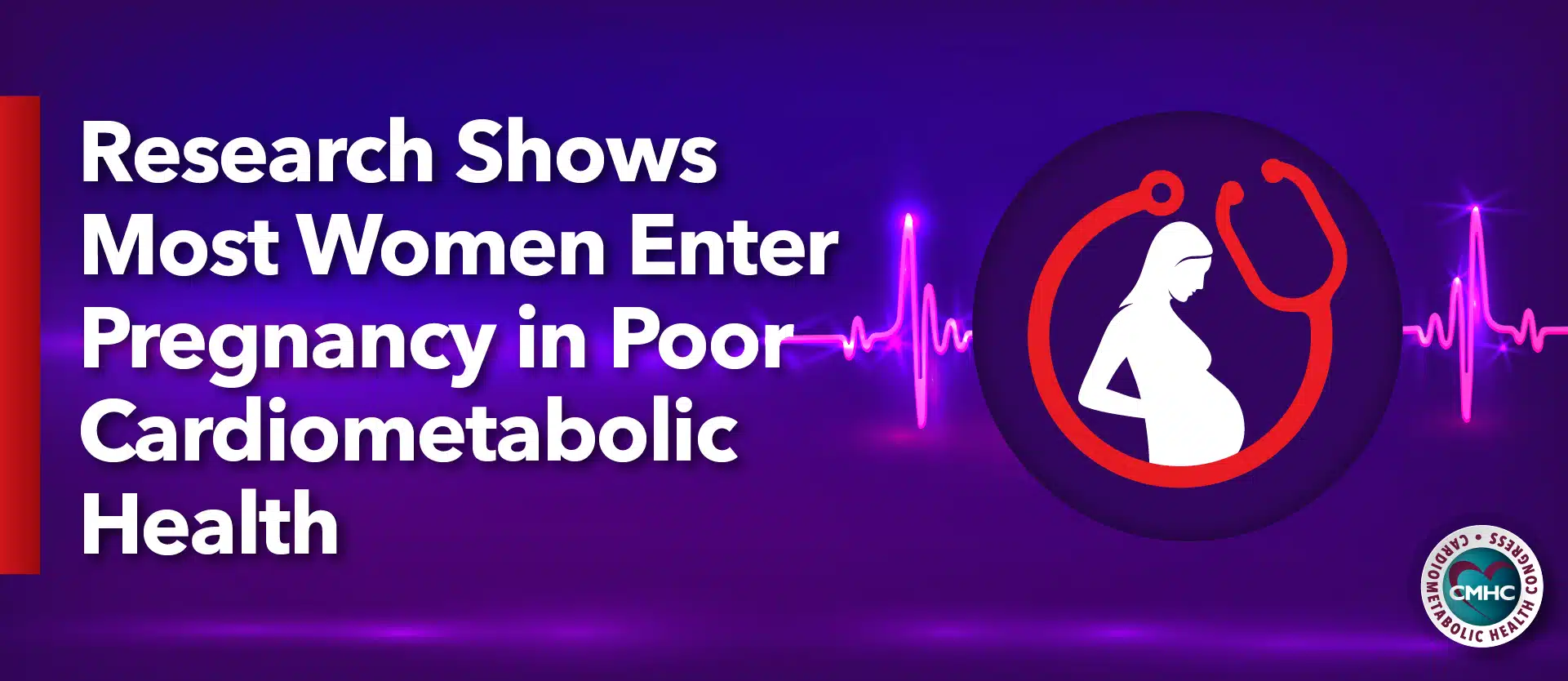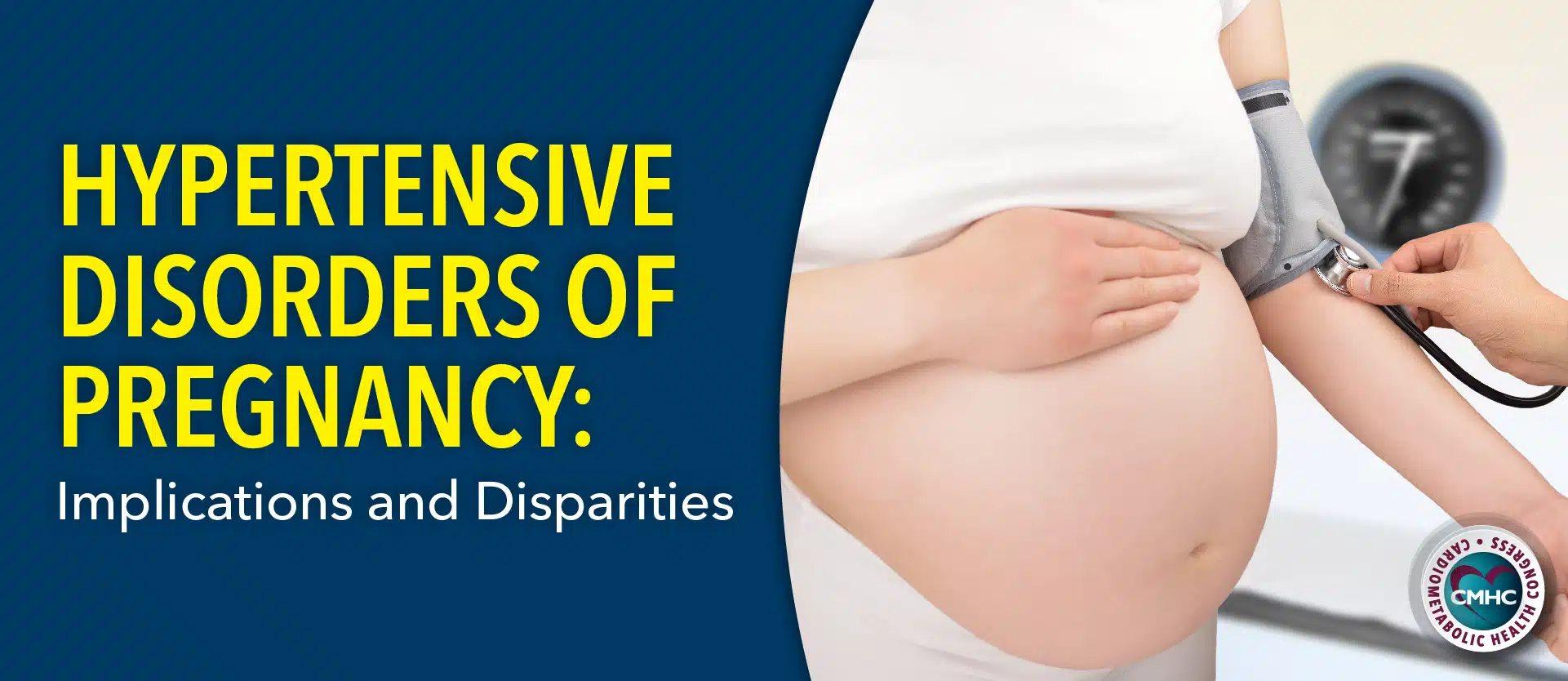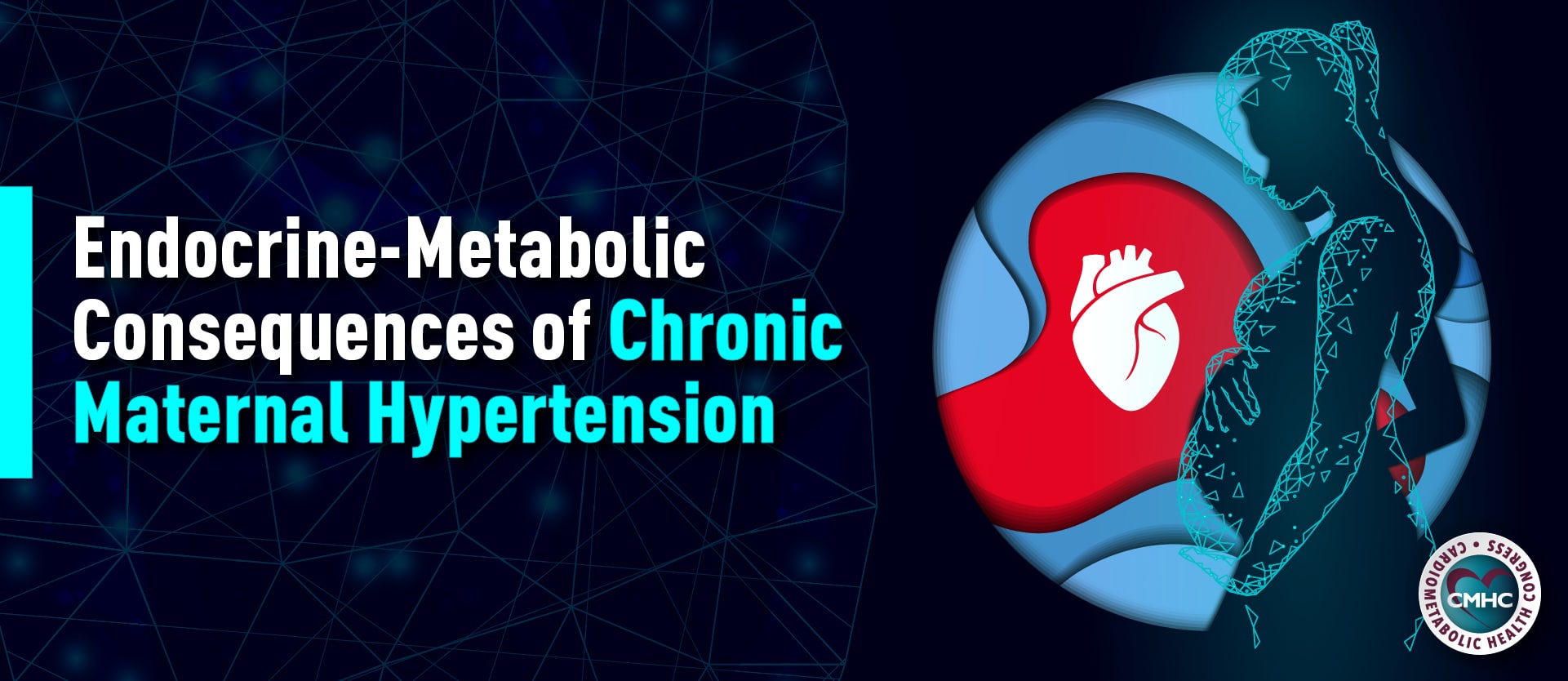More children and teens are likely to be categorized as having abnormal blood pressure during their annual wellness visits, based on new recommendations released this week by the American Academy of Pediatrics.
High blood pressure is mostly a “silent” condition, with no visible symptoms. Yet it can have long-term health consequences, including cardiovascular disease. The new guidelines, aimed at prevention, were published Monday in the journal Pediatrics. They include new diagnosis tables based on normal-weight children.
The academy convened a 20-person committee to update the previous guidelines, issued in 2004, and develop new evidence-based recommendations. As part of its work, the committee reviewed nearly 15,000 articles focused on diagnosis, evaluation and early management of abnormally high blood pressure in children and teens.
An estimated 3.5% of all children and teens in the United States have hypertension, according to the guidelines. “The prevalence of 3.5% is based on fairly recent large-scale screening studies,” said Dr. Joseph T. Flynn, lead author of the guidelines and a professor of pediatrics at University of Washington. In the past, the percentage of children diagnosed with high blood pressure was lower, he said: “based on previous studies, maybe 1% to 2%.”
The cause of hypertension depends on the age group. “In infants and very young children, we worry about an underlying cause like kidney disease,” Flynn said. With older school-age children and teenagers, the cause is more likely to be primary hypertension, sometimes called essential hypertension, “where there’s no specific problem,” he said. “This is like adults.”
Obesity does contribute to higher blood pressure, yet the physiological mechanisms causing high blood pressure are very complicated, and not all kids who are overweight or obese are hypertensive, while some normal-weight kids may be.
“If, for example, a child is known to have kidney disease or heart disease, then they would be at higher risk for hypertension. Another group would be kids whose parents have hypertension,” Flynn said. The guidelines include updated blood pressure tables based on normal-weight children for more precise classifications of hypertension. As a result, more children will be categorized as needing treatment.
“Untreated, we believe that high blood pressure in a child will lead to high blood pressure when that child becomes an adult, so that would potentially lead to an increased risk of cardiovascular disease later in life,” Flynn said, adding that untreated hypertension can also cause heart and kidney damage. The new guidelines are aligned with those for adults, according to Flynn. “The blood pressure levels that are concerning in adults would also be concerning in an older teenager,” meaning those age 13 and older. “It simplifies things for doctors,” he said.
The major thing parents need to know is that their children should have their blood pressure checked when they see a doctor, Flynn said. Also, know that hypertension can be managed with lifestyle change: for example, more exercise or changing the diet. Sometimes, though, the condition requires medication. Another change in the new guidelines is an emphasis on confirmation of the diagnosis.
“Ambulatory blood pressure monitoring is a procedure in which the person wears a blood pressure cuff for 24 hours, and their blood pressure is measured periodically over 24 hours,” Flynn said. “This is very important in children because there’s a very high rate of what’s called white coat hypertension, where blood pressure is high in the office (due to fear of doctors) but not at home.”
The new recommendation is that ambulatory blood pressure should become standard practice in children after any abnormal in office reading, Flynn said. Dr. Sophia Jan, director of general pediatrics at Cohen Children’s Medical Center in New Hyde Park, New York, said the rationale behind the new guidelines makes sense. With evidence that there may be consequences for kids whose high blood pressure is not treated at lower thresholds, it makes sense to treat them earlier than in the past, said Jan, who was not involved in the new recommendations.
What she would tell parents is that “we’re not doing anything majorly different. We’re still going to check your child’s pressure when he or she comes for wellness child visits. That’s what we’ve done always in the past.” What’s new is that “we may be quicker to recommend that you and your family help your child engage in lifestyle changes if your child’s pressure is within a threshold that is lower than in the past. “Everyone’s loath to put kids on medicines if you don’t have to, but we may need to get there a little bit faster than we have traditionally in the past,” Jan said.
“As doctors, we recommend these lifestyle changes, yet in reality, it requires partnership with schools and public health agencies,” she said. “We in the pediatric community did not necessarily appreciate to what degree kids were starting to exhibit what is traditionally thought of as an adult condition. Kids can show early signs of organ damage and increased risk for cardiovascular disease despite the fact that they’re young.”


















